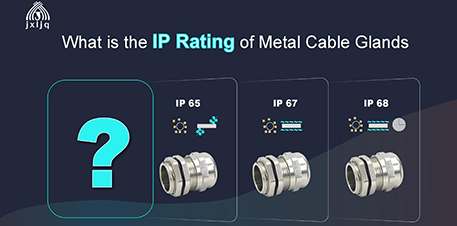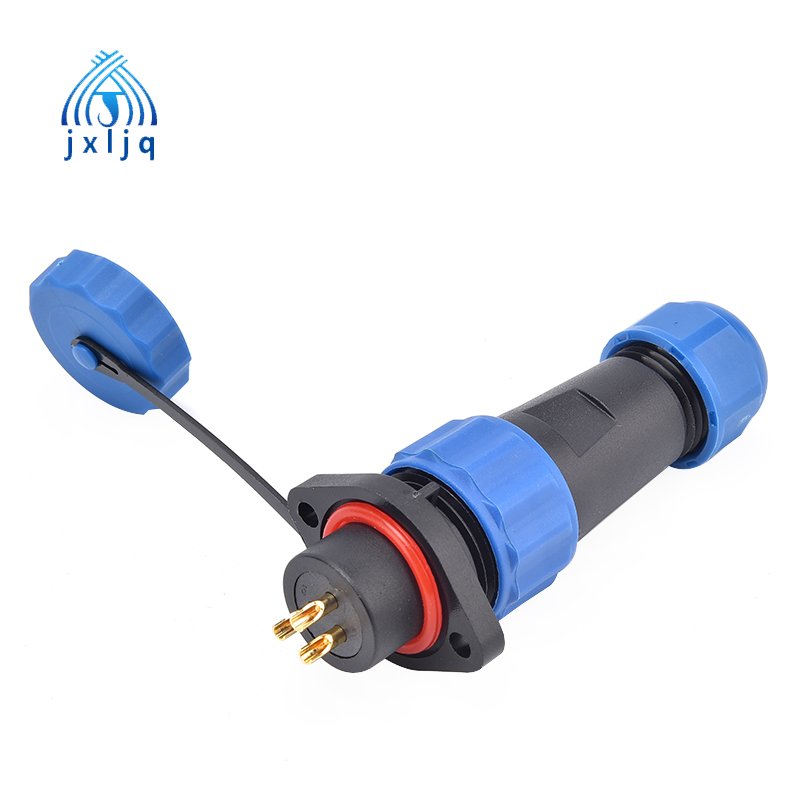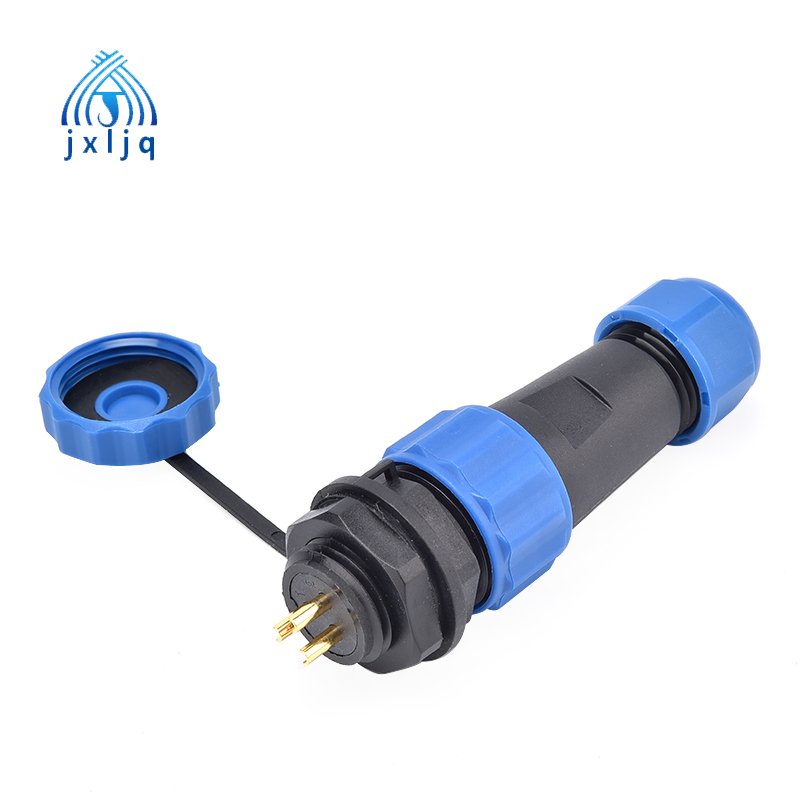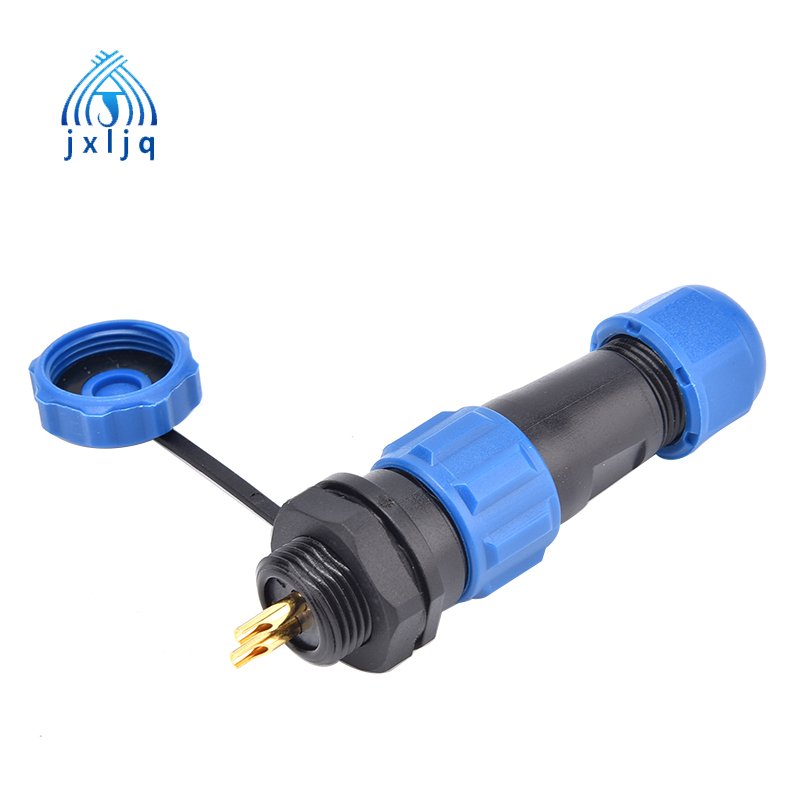A weather station is a collection of instruments that measure atmospheric conditions to help study the weather and climate of a specific location, widely used in in agriculture and gardening as well as in industry, and in the research sector.
Which means the weather station will withstand harsh outdoor conditions, PA66 nylon cable glands is one of the most important accessories for weather station, can provides a perfect waterproof solution.
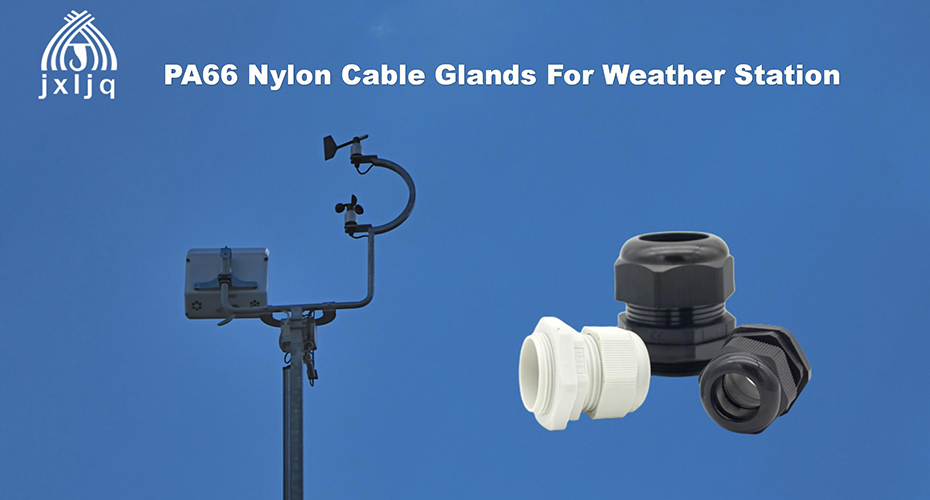
Why use PA66 Nylon Cable Glands?
Jixiang Connector PA66 nylon cable glands are made of high quality nylon PA66 material. Nylon 66 is made of two monomers each containing 6 carbon atoms, hexamethylenediamine and adipic acid, which give nylon 66 its name.
PA66 nylon cable glands is characterized by high mechanical strength, rigidity, good stability under heat and chemical resistance.
Waterproof Nylon Cable Gland
Waterproof nylon cable gland used with weather station control boxes, special design of the clamping die and rubber part, without disassembly, cable can be inserted through directly then tightened easily, protection level can reach IP68.
Jixiang Connector providing Metric, PG and NPT thread waterproof nylon cable gland with a wide range of size for your choose to accommodate different cable diameters.
Multiple Hole Nylon Cable Glands
Multiple hole cable glands Nylon cable glands with multi-hole insert for multiple cables through the same opening, ideal for clamping system. Save space by limiting the number of cord grips used for entry into your enclosure, panel or combiner box.
Working temperature -40℃ to 100℃ in static state, or instantaneous heat resistance up to 120℃, there is no problem in using multiple hole nylon cable glands installed on a weather station in hot or cold extreme temperature regions.
As a market leading manufacture of Cable Glands and accessories, JIXIANG CONNECTOR supply PA66 nylon cable glands to all over the world including Asia, Europe, America, Africa and so on.
Please don’t hesitate to contact Jixiang Connector directly, our professional team are ready to provide prefect waterproof connections solutions.





